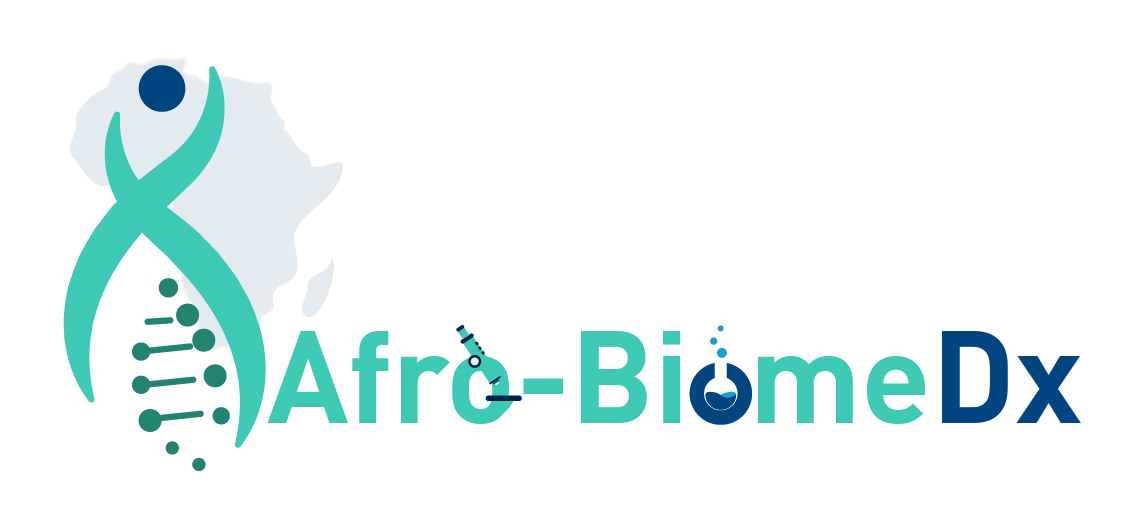Drug Abuse Testing
Drugs of abuse testing is the detection of one or more illegal and/or prescribed substances in the urine, blood, saliva, hair, or sweat. Testing detects substances not normally found in the body, with the exception of some hormones and steroids measured as part of sports testing.
Drug abuse testing usually involves an initial screening test followed by a second test that identifies and/or confirms the presence of a drug or drugs. Most laboratories use commercially available tests that have been developed and optimized to screen urine for the “major drugs of abuse.”
OUR RESEARCH
Substances that are not similar to the defined classes can produce negative results even though they are present. Some drugs may be difficult to detect with the standardized assays, either because the test is not set up to detect the drug, such as methylenedioxy-methamphetamine (MDMA, also known as Ecstasy or Molly), fentanyl, methadone, oxycodone (Oxycontin), meperedine, or buprenorphine, or because the drug does not remain in the body long enough to be detected, such as gamma-hydroxybutyrate (GHB).
Drugs of abuse testing is used to screen for and confirm the presence of several drugs in a person’s sample, such as urine, blood or hair. Drug testing is used so that a person may receive appropriate medical treatment or be screened for or monitored for illegal drug use.
A positive initial drug screening means that the person tested has a substance in his or her body that falls into one of the drug classes and is above the established cutoff level. If secondary testing confirms a positive result, it means that the person has indeed taken this drug.
Drug tests are set up for their specific uses, typically workplace and legal testing. Some laboratories may offer more than one drug screen panel or a health practitioner, or other authorized entity, may select tests individually.

